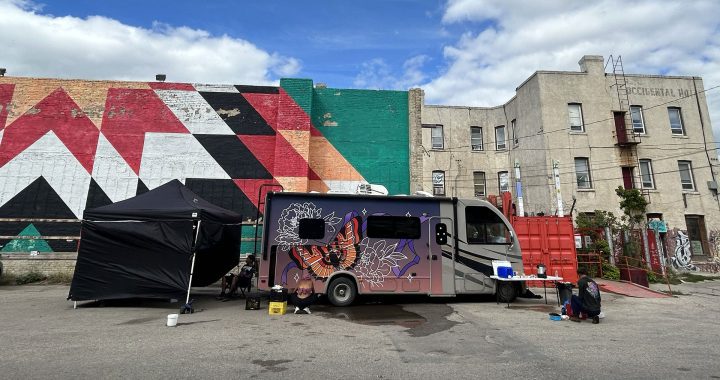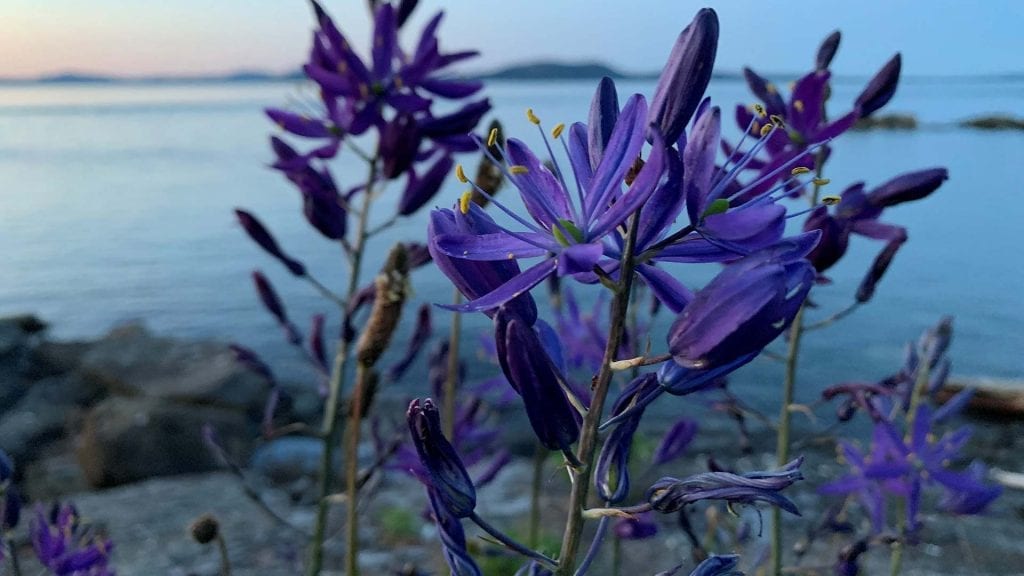
Great camas flowers are one of many medicinal plant species that grow on SISȻENEM. Photo by Tara Martin.
Abundant with meadows of colourful flowers and other pristine wildlife, a remote Salish Sea island is being returned to its rightful owners — the W̱SÁNEĆ people.
The Land Conservancy of British Columbia (TLC) recently purchased SISȻENEM, a four-hectare island off the eastern side of Sidney Island, from a private owner for $1.55 million.
On Friday, the charitable land trust signed an agreement with the W̱SÁNEĆ Leadership Council (WLC) to transfer title and to commit to shared management of the site, also known as Halibut Island.
Those behind the agreement believe it to be the first of its kind between a land trust and an Indigenous community in Canada.
Tsartlip (W̱JOȽEȽP) Chief and Chairman of the WLC board Don Tom says the transfer is historic — and a tangible way the Land Back movement has become a reality.
“This is the first time W̱SÁNEĆ First Nations have been asked about land acquisition unprompted,” Tom says, speaking during a signing ceremony over Zoom.
“To me it is history in the making. It’s a history that will be told.”
Tom points out that the land itself was never given up by his people, who are protected by the Douglas Treaties and their inherent Aboriginal rights and title. Still, the island was owned privately for many years.
When it went up for sale in 2019, TLC approached W̱SÁNEĆ leaders about returning rightful title to SISȻENEM and did most of the legwork in the transaction, Tom says.
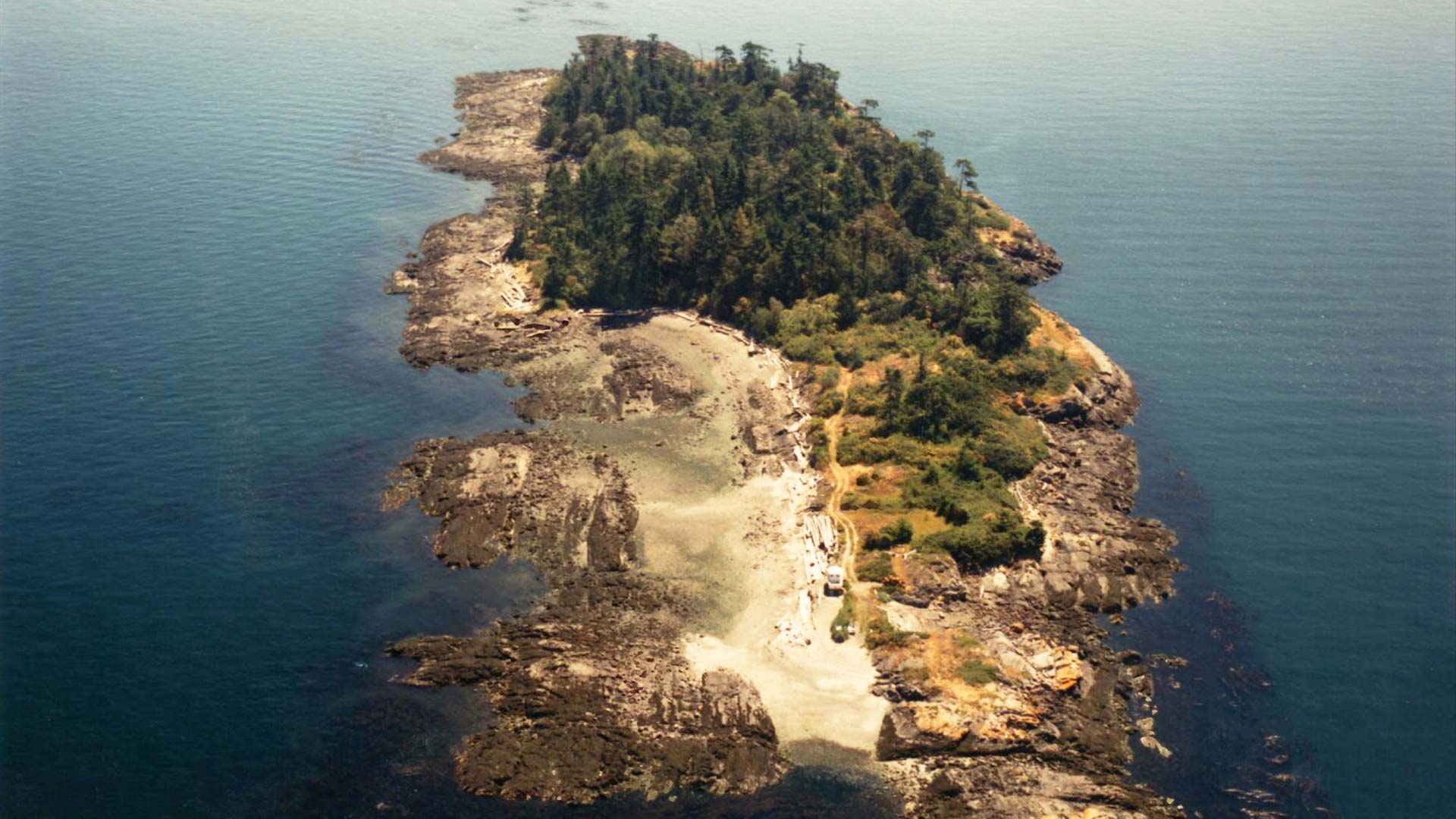
It was facilitated in part by Tara Martin, a conservation scientist with the University of British Columbia’s Faculty of Forestry, who contacted TLC and sought out a major unnamed donor to fund the purchase.
Martin grew up on Salt Spring Island, and remembers being curious about SISȻENEM since she was a child.
“I could see from the boat that it was something special. It had not been logged, it had not been developed,” she says.
“I could see with my binoculars even at a young age that there were some extraordinary wildflowers on the island.”
When Martin became a scientist, she continued to think about SISȻENEM and wanted to study the wildlife there, but she says she was denied permission by the landowner at the time. When the island came up for sale and she was finally able to visit the island to do a survey last year, Martin says what greeted her was “extraordinary.”
She was greeted by an abundance of important plants — there were meadows carpeted with wildflowers such as camas, barestem desert parsley, chocolate and fawn lilies, as well as plentiful shellfish, Saskatoon berries and more.
The island was also rich with old-growth Douglas firs, Garry oak, pollinators, and other animals such as eagles and ducks.
“These ecosystems don’t exist in very many places anymore,” Martin says. “They used to be extensive and these were the gardens of First Nations across this region.”
Tom says, to him, the island’s pristine condition and diversity of wildlife feels “like going back in time.”
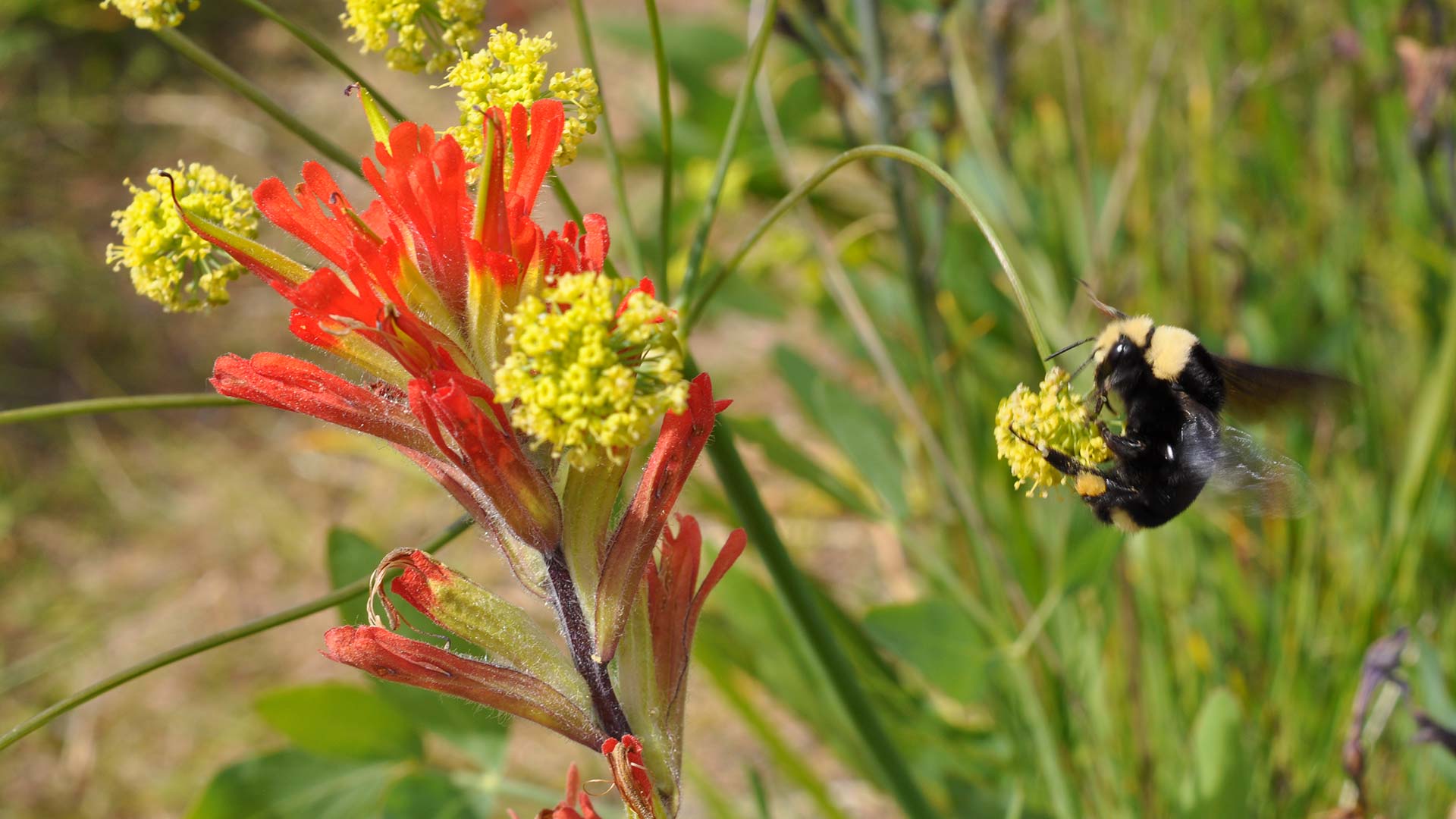
W̱SÁNEĆ Elder SELILIYE (Belinda Claxton) says she has good memories of SISȻENEM as a place of bountiful harvesting.
She recalls, when she was younger, going from island to island to gather everything from seagull eggs and boxwood to sea urchins and stick shoes (chitons) and being struck by the smell of wildflowers on SISȻENEM.
“It brings back such beautiful childhood memories. It was so natural and so pleasant to be able to see that when I was a child,” she shares in a statement.
“This is the sort of experience I want my children and my grandchildren to have … There are not many places like this left.”
Fellow W̱SÁNEĆ Elder J’SIṈTEN (John Elliott) says that the name of the island in the SENĆOŦEN language loosely translates to “sitting out for pleasure of the weather.”
“This little island we call SISȻENEM, it comes from the word SISḴ, which in our language it means, you know when you’re out enjoying the sun? That’s what that word comes from,” he says.
“That’s a place where you go to enjoy the beautiful sun and be just there for the enjoyment of the beautiful weather.”
TLC executive director Cathy Armstrong says now that the agreement has been signed and the land is being transferred back to W̱SÁNEĆ leaders — the council represents Tsartlip, Tseycum, and Tsawout Nations — work can begin on an eco-cultural restoration plan.
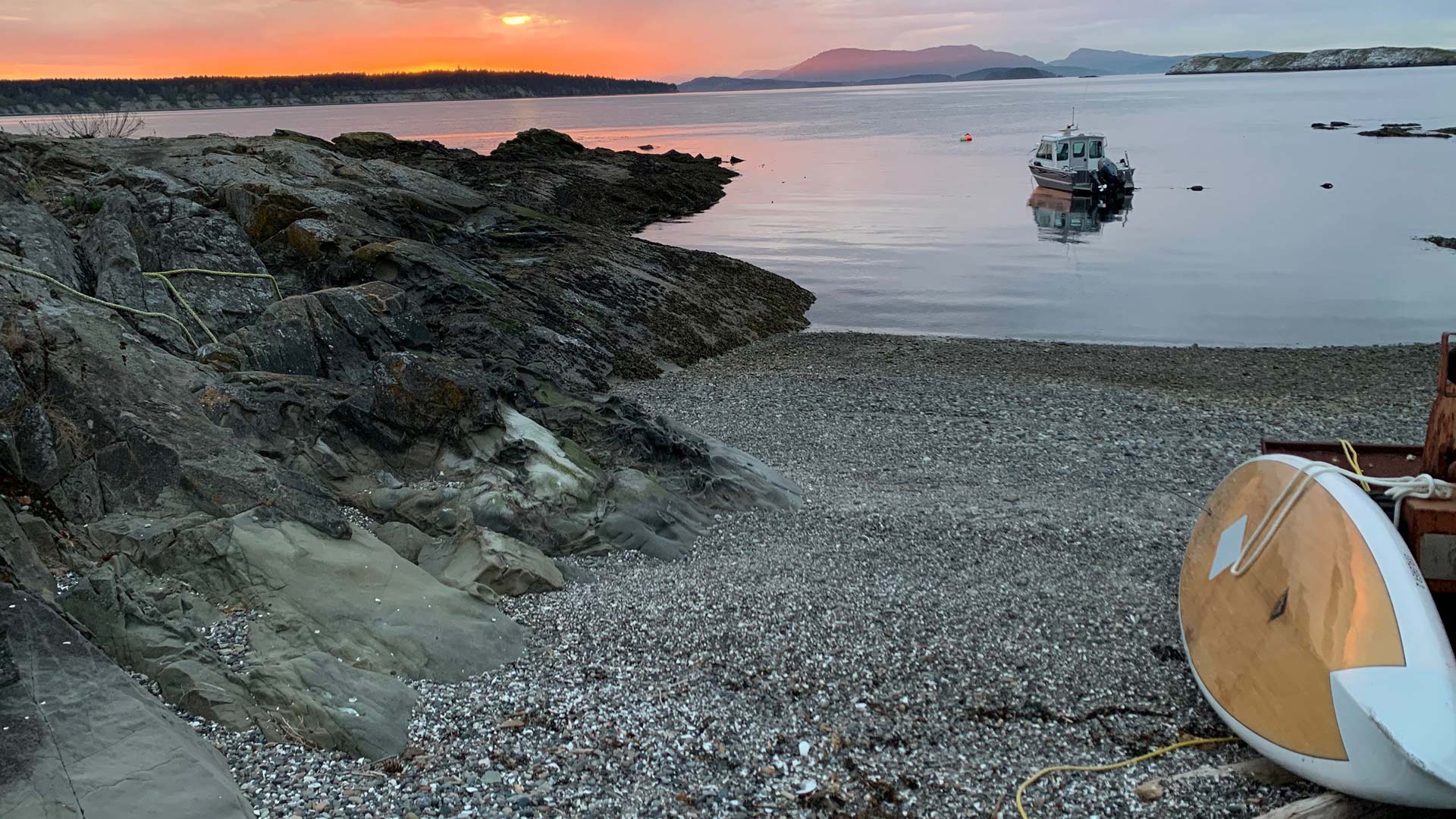
TLC will work on the plan with W̱SÁNEĆ Elders and community members as well as Martin and her team at UBC.
“TLC is humbly grateful for the opportunity to facilitate this ground-breaking transfer of title for the benefit of future generations,” Armstrong says.
A press release about the title transfer adds that TLC will be fundraising this spring to assist efforts of restoration and monitoring.
“Most importantly for W̱SÁNEĆ people today, SISȻENEM will be a place where W̱SÁNEĆ people can be in peace,” the release states.










